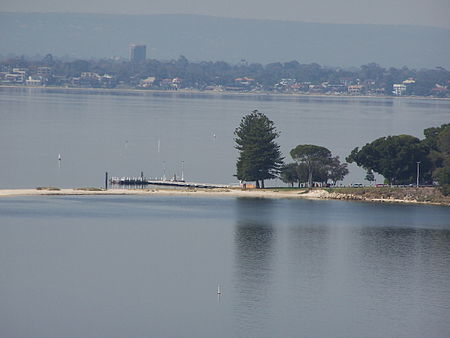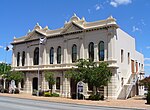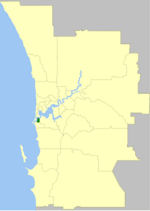Bicton, Western Australia

Bicton is an affluent riverside suburb of Perth, Western Australia, located 10 kilometres (6.2 mi) south-west of the central business district. The suburb is mostly residential, and falls within the City of Melville local government area. Bicton borders the Swan River to the north, with the northern third of the suburb taken up by a Class-A reserve at Point Walter. Originally settled in the 1830s, when a large vineyard was established, Bicton was mainly rural until the subdivision of the former Bicton Racecourse, beginning in 1919. Further subdivisions of the Castle Hill area in 1921 established the suburb as a middle-class area of Fremantle. Bicton underwent further expansion after the conclusion of World War II. Now with a large demographic of business owners and high net worth individuals, Bicton is considered one of the most affluent riverside suburbs in Perth.
Excerpt from the Wikipedia article Bicton, Western Australia (License: CC BY-SA 3.0, Authors, Images).Bicton, Western Australia
Pembroke Street, City Of Melville
Geographical coordinates (GPS) Address Nearby Places Show on map
Geographical coordinates (GPS)
| Latitude | Longitude |
|---|---|
| N -32.0265247 ° | E 115.785885 ° |
Address
Pembroke Street
Pembroke Street
6156 City Of Melville, Bicton
Western Australia, Australia
Open on Google Maps









